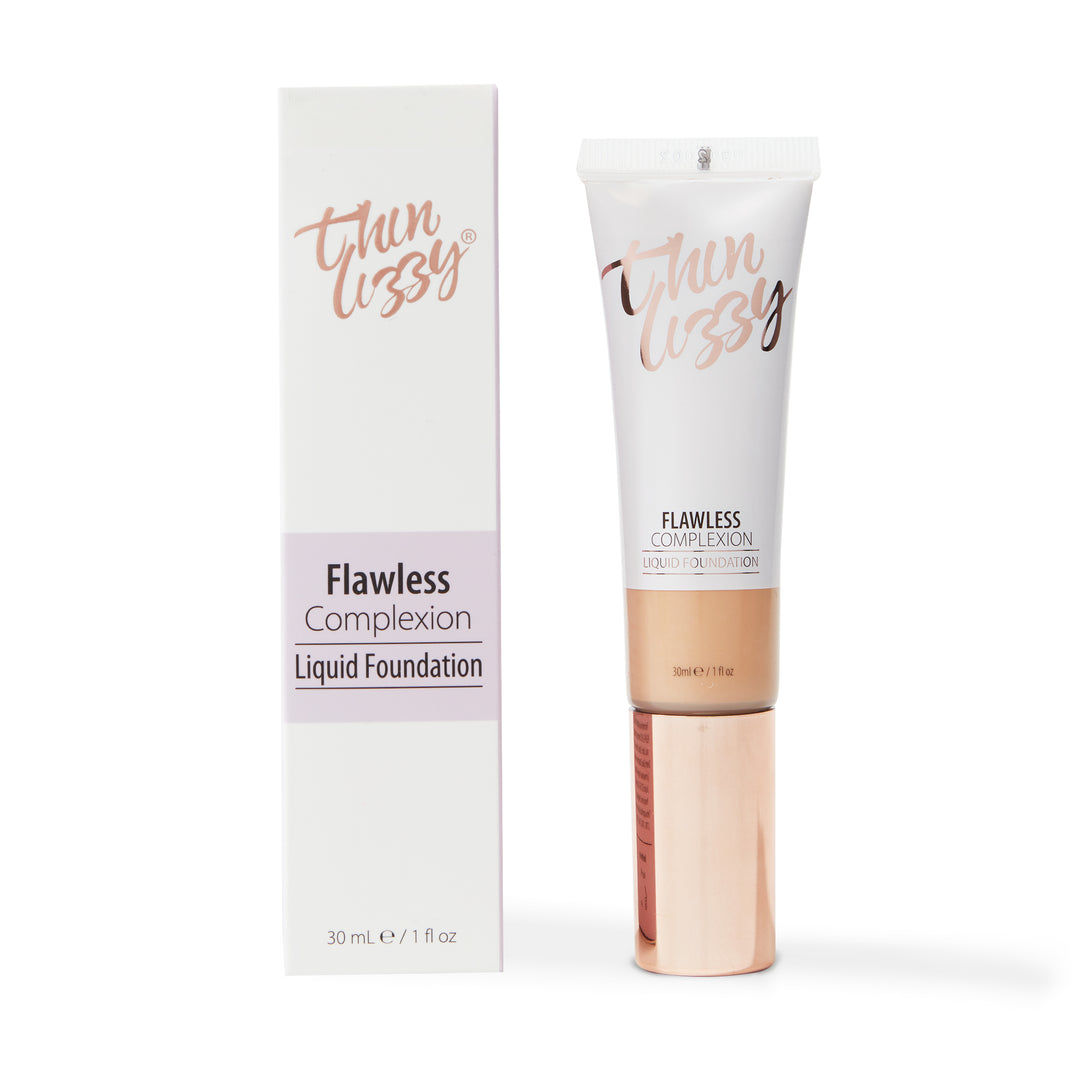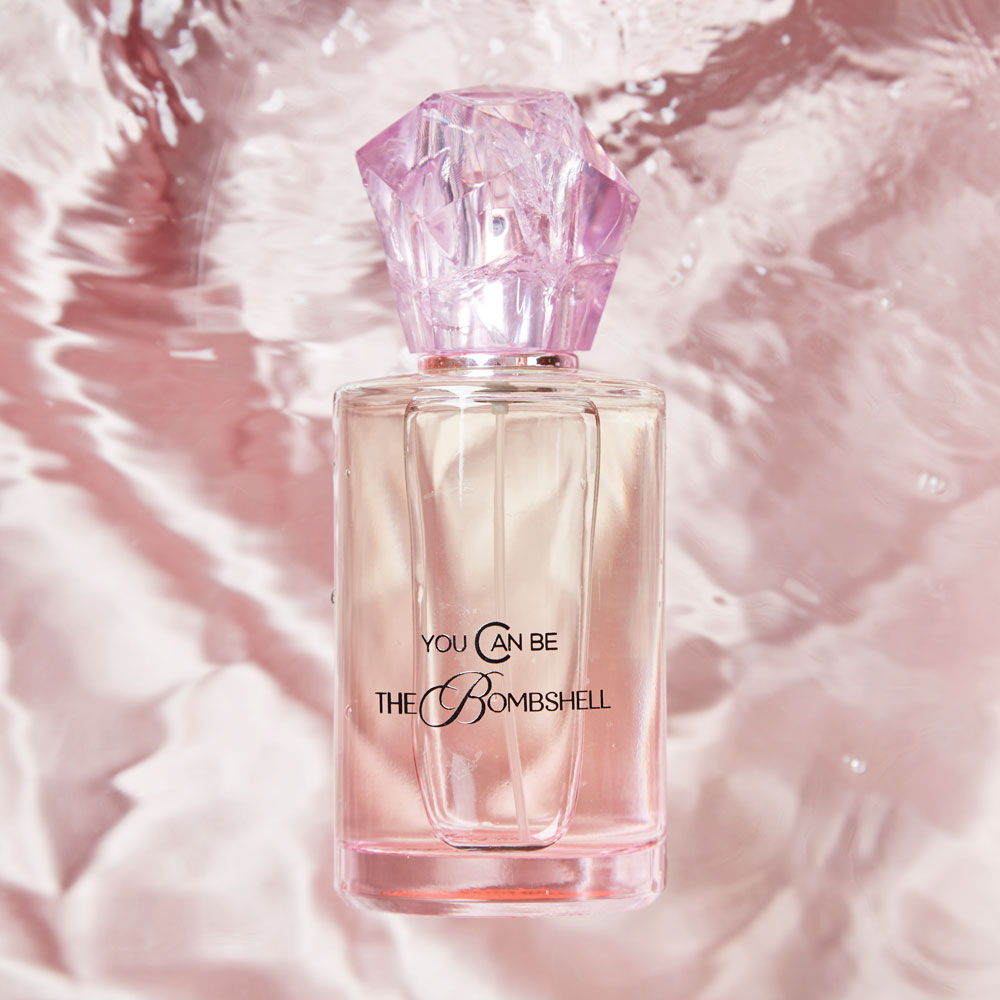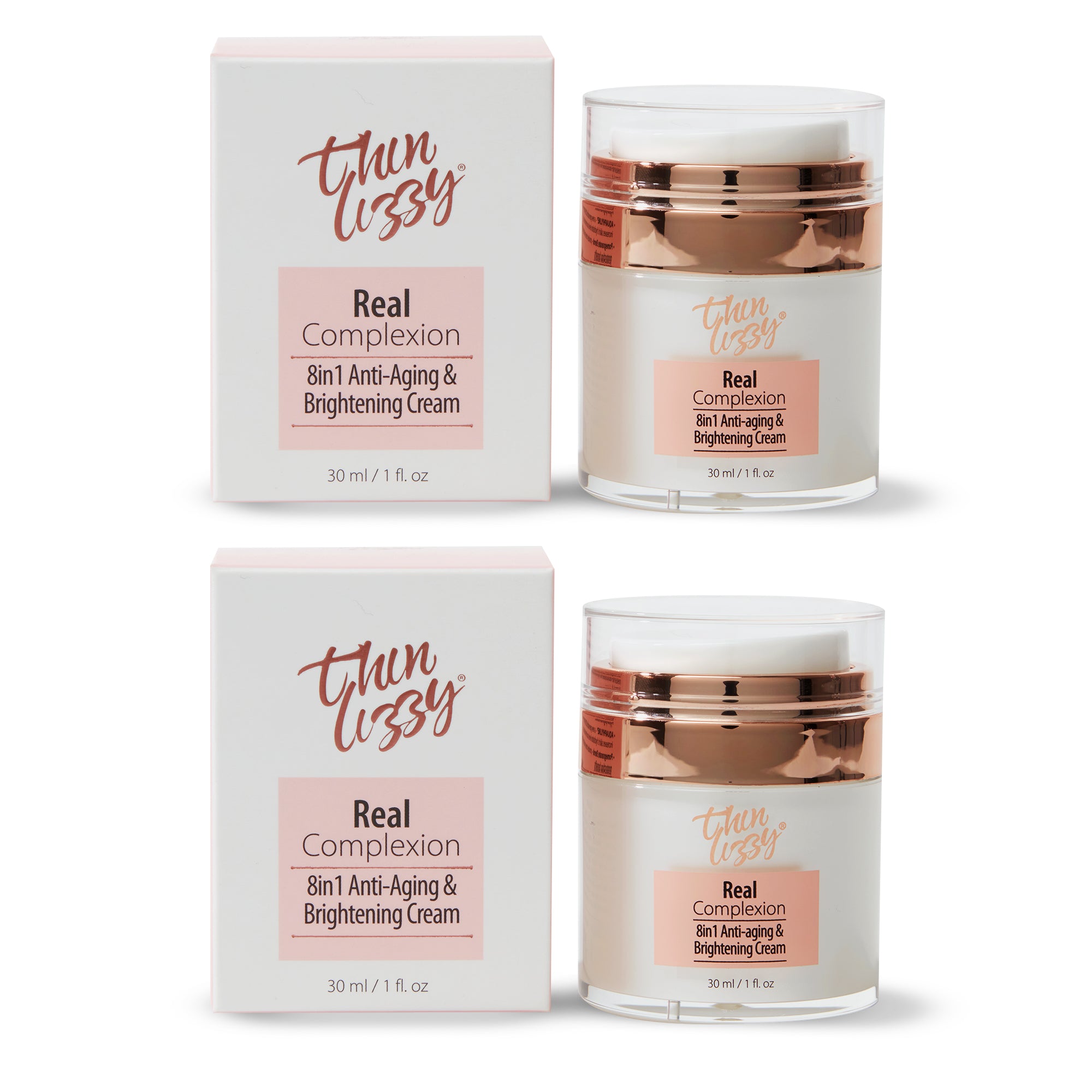The Science of Skin Cycling: What Is It and Should You Try It?

If you’ve ever felt overwhelmed by your skincare routine—layering product after product with no clear results—skin cycling might be the refresh you need. This dermatologist-approved method has taken the beauty world by storm, promising better skin with less effort. But what exactly is skin cycling, and is it worth the hype? Let’s break it down.
What Is Skin Cycling?
Skin cycling is a four-night skincare routine designed to maximise the benefits of active ingredients while reducing irritation. Instead of applying multiple strong actives every night, skin cycling gives your skin recovery days, allowing it to heal and strengthen.
The four-night cycle looks like this:
· Night 1: Exfoliation – Removes dead skin cells, allowing better absorption of other products.
· Night 2: Retinol – Encourages cell turnover and boosts collagen production.
· Nights 3 & 4: Recovery – Focuses on hydration and barrier repair with gentle, nourishing products.
After night four, you repeat the cycle, ensuring a balanced, effective skincare routine without overloading your skin.
The Benefits of Skin Cycling
· Reduces irritation – By giving your skin time to recover, you avoid common issues like redness, peeling, and sensitivity.
· Maximises product effectiveness – Exfoliation preps the skin, retinol works more efficiently, and recovery nights repair and hydrate.
· Simplifies your routine – Instead of layering multiple actives daily, you follow a structured, easy-to-follow plan.
· Works for most skin types – Whether your skin is dry, oily, or sensitive, skin cycling can be adjusted to suit your needs.
How to Start Skin Cycling
1. Night 1: Exfoliation
a. Use a chemical exfoliant like AHAs (glycolic or lactic acid) or BHAs (salicylic acid) to remove dead skin cells.
b. Avoid physical scrubs, which can be too harsh.
c. Follow with a simple moisturiser to keep skin hydrated.
2. Night 2: Retinol
a. Apply a pea-sized amount of retinol or retinal to clean, dry skin.
b. If you’re new to retinol, start with a lower concentration and gradually build up.
c. Follow with a gentle, hydrating moisturiser to minimise potential dryness.
3. Nights 3 & 4: Recovery
a. Skip harsh actives and focus on barrier-strengthening ingredients like ceramides, hyaluronic acid, and niacinamide.
b. Use a rich moisturiser or facial oil to deeply nourish the skin.
c. If your skin feels extra dry, consider adding a hydrating serum.
Who Should Try Skin Cycling?
Skin cycling is great for:
· Beginners – A structured routine makes it easier to introduce active ingredients without irritation.
· Sensitive skin types – Recovery nights help prevent over-exfoliation and reduce redness.
· Those struggling with irritation – If your current routine is causing breakouts, dryness, or inflammation, skin cycling can help rebalance your skin.
· Busy individuals – A simple, four-night system makes it easy to maintain an effective routine.
However, if you’re already experienced with actives and your skin tolerates them well, you might not need to cycle as often. Some people prefer a more personalised approach, adjusting the frequency of exfoliation and retinol based on their skin’s tolerance.
Final Thoughts: Is Skin Cycling Worth Trying?
If your skincare routine feels overwhelming, inconsistent, or too harsh, skin cycling can be a game-changer. It provides structure, helps prevent irritation, and ensures your products are working effectively. While it may not be essential for everyone, it’s a great way to introduce active ingredients in a controlled, skin-friendly way.
Ready to give it a go? Start slow, listen to your skin, and enjoy the benefits of a balanced, well-planned routine!








